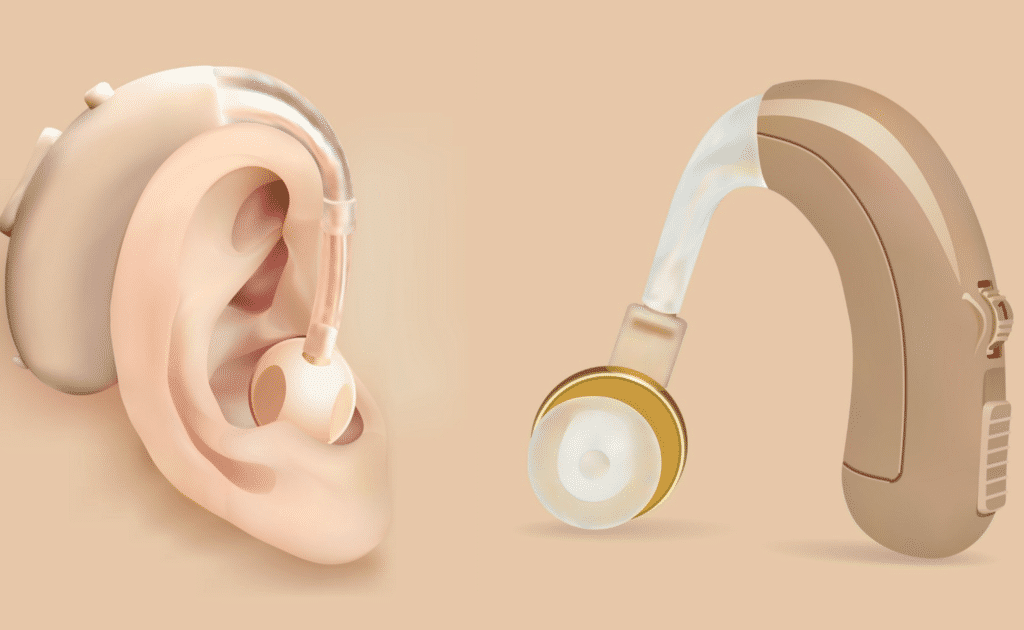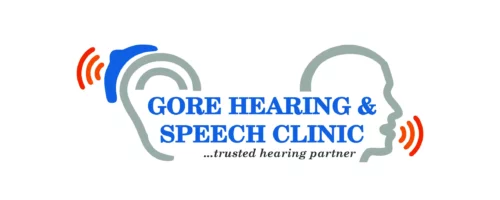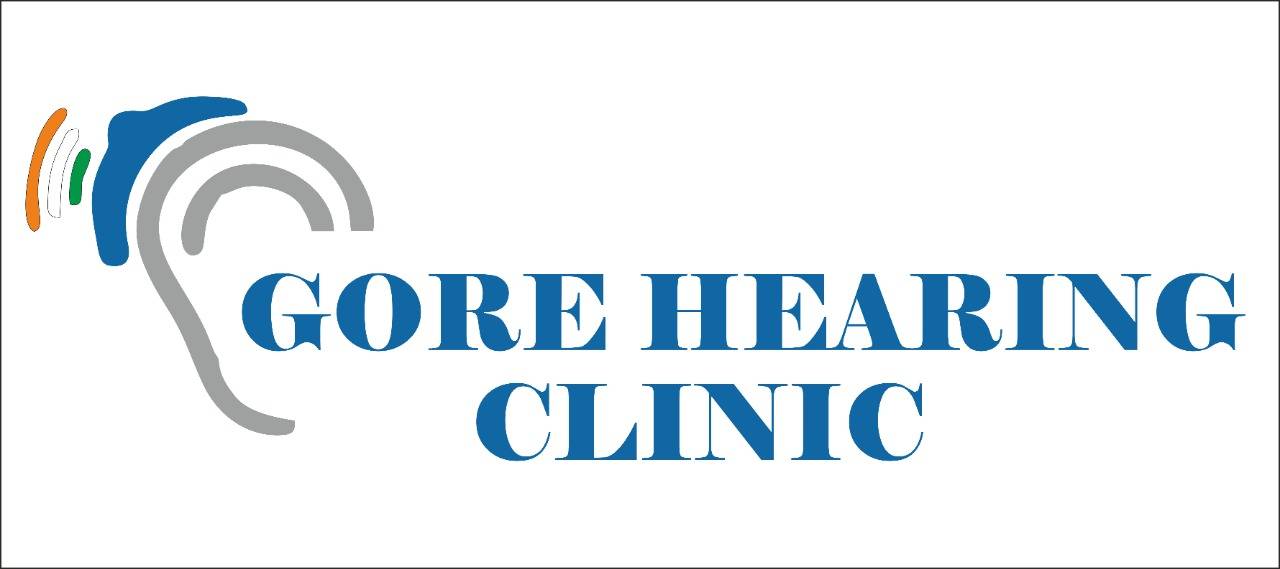Easy Hearing Aid Maintenance Tips: For those who have hearing loss, hearing aids are valuable assets. However, they need to be maintained to function properly and last a long time. A hearing aid’s lifespan can be increased and faults can be avoided with regular care and maintenance.
The secret to maintaining your hearing aids in good working order for the duration of their lifetime is regular maintenance. You must maintain proper upkeep and care by following a regular schedule at home each night.

The best way to maintain hearing aids is in accordance with the guidelines provided in the user handbook provided by the manufacturer. Yet, all brands, types, and models of hearing aid machines require the same fundamental care and upkeep.
The first thing you should do when taking off your hearing aids at night is to gently wipe them down with a dry, soft cloth or tissue. Check the area of the hearing aid that extends into the ear canal next.
It is frequently better to remove wax in the morning before placing your hearing aids in the morning because it allows accumulated earwax to dry overnight; drier wax is easier to remove. Holding the hearing aid can help the wax you are removing fall out and not deeper within (this often means holding it somewhat upside down). To remove the wax, carefully brush inside and outside the plastic tube with the provided brush. For some folks, using an old toothbrush to remove wax works well. Never remove wax with a sharp object as this could harm the hearing aid.
10 Hearing Aid Maintenance Tips: Cleanings, Upkeep, and Repair for hearing aid users.
1. Never forget your daily cleanings
Clean the inner and outside of your hearing aids with a gentle, dry cloth at all times. To reach all difficult-to-reach spots, we advise utilizing a cleaning tool or cleaning kit. Another fantastic alternative for making sure your equipment is dry and prepared for each day is to use a dehumidifier.
2. According to need, swap out the components
Batteries, tubing, wax guards, and/or wax filters may need to be replaced frequently depending on the type of hearing aid you use. Always keep a large number of spare parts on hand, and swap out worn-out or corroded older components.
3. Keep your hearing aids dry and spotless
The continual exposure of hearing aids to substances that could be harmful includes lotions, hairsprays, snow, rain, earwax, dirt, and dust. The chance of a problem decreases in direct proportion to how carefully you guard your equipment against the weather.
4. Remove the hearing aid batteries at night
If you use rechargeable hearing aids removing batteries at night helps a lot. It will also allow your hearing aids to dry out completely, stop your devices from accidentally turning on when not in use, and encourage proper cleaning of the battery compartment, including the battery contacts. This has several advantages.
5. Annual “clean and checks” should be scheduled for two to four
Appointments for cleaning and checks are crucial since they provide your audiologist a chance to evaluate your devices and make sure you’re hearing as well as possible.
6. Investigate issues at home
Your hearing aids may frequently perform poorly or cease to function altogether due to minor problems. Try changing the battery, cleaning the battery apartment, verifying all programming and settings, withdrawing and reinserting the device, and changing the tubing and wax filters before you take your hearing aid to a professional for repair.
7. Utilise your audiologist
You should make an appointment with your audiologist whenever you have any doubts about how well your hearing aids are working. The performance of your hearing aids can be significantly impacted by improper programming due to the complexity of today’s devices.
8. Keep in mind your warranty
Always covered by a manufacturer’s warranty, it’s critical to keep in mind its details to make sure you receive any repairs you require. If your warranty is about to expire, contact your clinic or store from where you have purchased the machine. Schedule a warranty repair and check appointment so you can make sure your devices are in good working order.
9. Inquire about accessories
In rare circumstances, even the greatest hearing aids on the market may not be sufficient. Talk to an audiologist about potential solutions rather than becoming upset when you can’t hear. There is virtually always a practical answer to your problems, whether it be through specialized programming methods or one of the many available hearing aid attachments.
10. Don’t use outdated technology
Since the introduction of digital technology several years ago, hearing aid technology has been fast evolving. Devices from today perform significantly better than ones from only a few years ago. Although hearing aids are an expensive purchase, maintaining good hearing requires staying up to date with developments in the technology of hearing aids, assistive listening devices, and accessories.
So remember, with a little bit of daily care and maintenance, you can extend the lifespan of your hearing aids and improve your daily life. Don’t let minor issues become major problems. Take charge of your hearing health and stay up-to-date with the latest technology and accessories. Your hearing is worth the investment!

